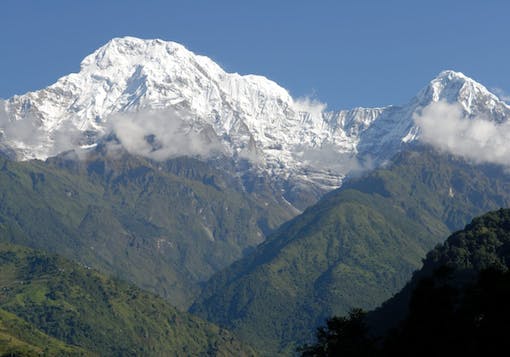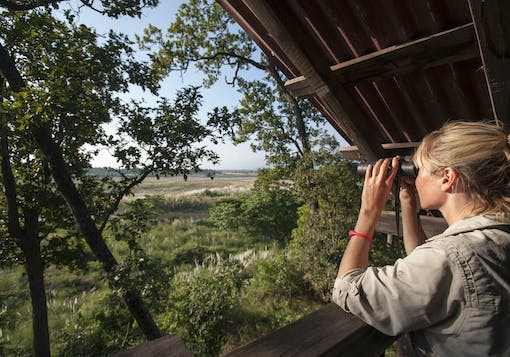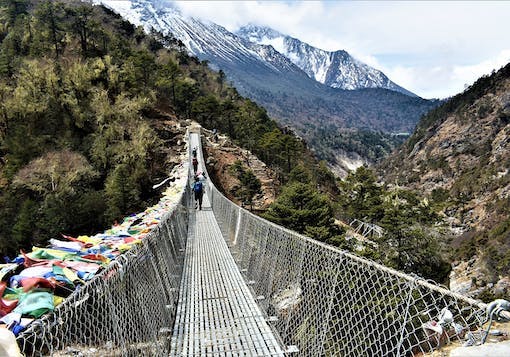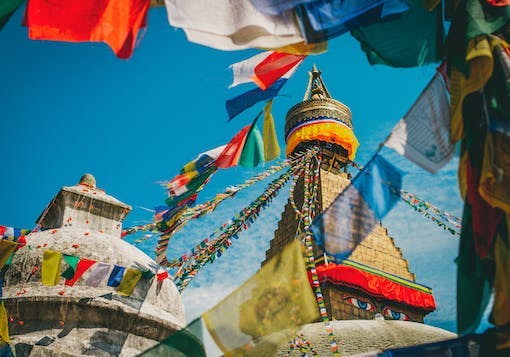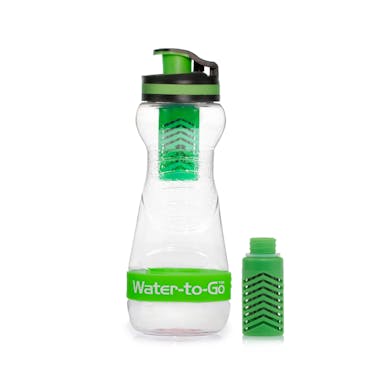Nepal
Nepal, a small but mighty country nestled between India and China in South Asia, is a land of towering peaks, ancient temples, and rich cultural traditions. Home to Mount Everest, the world’s highest mountain, and the birthplace of Buddha, Nepal offers breathtaking landscapes and deep spiritual heritage. Many visitors come to experience one of the dozens of iconic trekking routes while staying in tea houses, comfort lodges, or campsites along the way; while other tourists come to experience Nepal's unique wildlife and vibrant customs and ways of life.
Best Time to Visit Nepal
The best time for trekking tours in Nepal is during the pre-monsoon (March to May) and post-monsoon (September to November) seasons, when the weather is clear, and the Himalayas are in their full glory.
Cultural tours can be enjoyed year-round, though spring and autumn offer comfortable temperatures and vibrant festivals.
Wildlife tours are ideal from October to April, as drier conditions improve animal sightings in national parks.
Sustainable Package Trips in Nepal
Our Nepal travel packages focus on eco-friendly trekking, cultural, and wildlife adventures through our locally-owned partner. Our Nepali partner is Travelife Certified and has specialized in responsible tourism for over two decades, helping to pave the way and raise the bar for sustainable travel in the country.
While we do offer some of the classic guided treks, like the Annapurna Panorama Trek and the Everest Base Camp trek, we strongly encourage active travelers to consider some of the lesser-known and lesser-trafficked routes to promote tourism dispersal. Treks are commonly done by solo trekkers, as a couple, or amongst a group of friends, school groups, or corporate groups. Family treks are also popular - we can help recommend great routes depending on the ages of the children!
For culturally immersive adventures and wildlife tours, our Privately-Guided tours will make your stay in Nepal smooth, memorable, and transformative.
How to Get to Nepal
Tribhuvan International Airport in Kathmandu is Nepal’s primary entry point, with direct flights from major international hubs in Asia and the Middle East. From Kathmandu, domestic flights, buses, and private transfers provide access to trekking and tour starting points.
Customize your Nepal Trip
Whether looking for treks of any duration, difficulty, or region (such as Annapurna, Langtang, or Everest), we can help. Our expert local partner can recommend the best hiking route and organize your eco-adventure with the best support team in the most responsible way possible.
Contact us to chat about options or start planning your custom package trip today!
